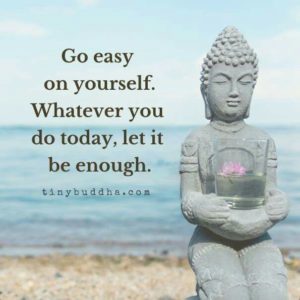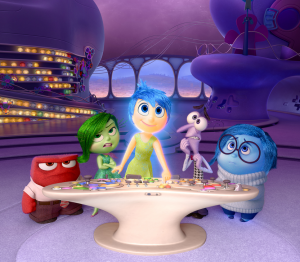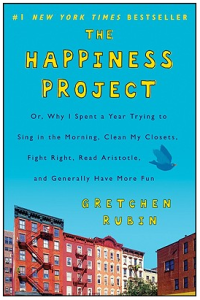This article originally appeared in The Huffington Post

A few months ago, I attended a meeting at the Polsky Center at the University of Chicago. It was a gathering of people from the University and entrepreneurs from the community. We were there to talk about the development of a new center for innovation.
During the lunch break, I spoke with an entrepreneur who runs a business creating healthy skincare products. She told me about her dream of outreach to the community in terms of training local people in the manufacturing of her product.
She also shared her story of how she started her business. Several years ago, when her son was young, he had severe eczema. To address his skin condition, she started experimenting with different lotions and oils and crafting them from scratch at home. At the same time, she was diagnosed with breast cancer.
These two events led her to make a radical shift in her life. She left her corporate job and created a business around manufacturing and selling the healthy skincare products she had created for her son.
When I expressed my awe about her story, she said, “Oh, it just happened.” As our conversation evolved, I asked her if she was interested in sharing how she made that shift from the corporate world to being an entrepreneur and again, she repeated, “It just happened.”
I left the conversation fully impressed with all that she had accomplished, all that she had planned, and completely amazed by her humility. But it was more than humility, I think. Like many of us, she was not recognizing the amazing things she had accomplished.
She had done so much, achieved and created and succeeded and I was in awe of her. It made me think about how often we focus on what we have not done rather than what we have accomplished. We come to the end of the day and see the list of things undone and focus on those rather than seeing: “Wow, there were so many things that I did today. I did X, Y, Z, . . . And I did them with calmness and compassion and awareness.”
I am much happier with my day when I take note of what I have done and achieved that day, even the little things. Focusing on the good, on what’s done, helps me feel peaceful and whole.
As we launch into this new year and pause to reflect on the one completed, let’s remember all that we have done and all that we continue to do each day – even the little things, even the things that we do with ease. Those things count and deserve celebration because you are enough. You are whole and complete right now, just as you are.

 Have you seen the new movie, “
Have you seen the new movie, “
